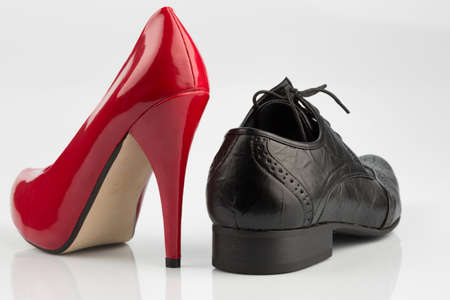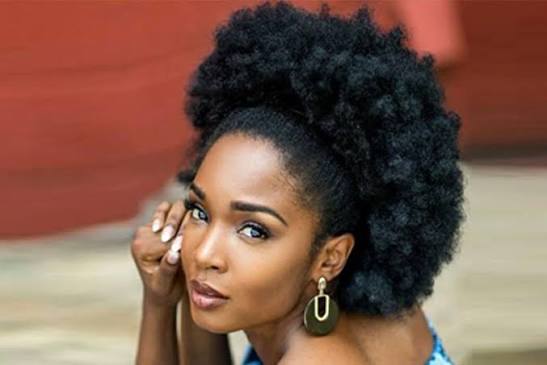The Mystery of Dimples: A Birth Defect the World Can't Stop Adoring
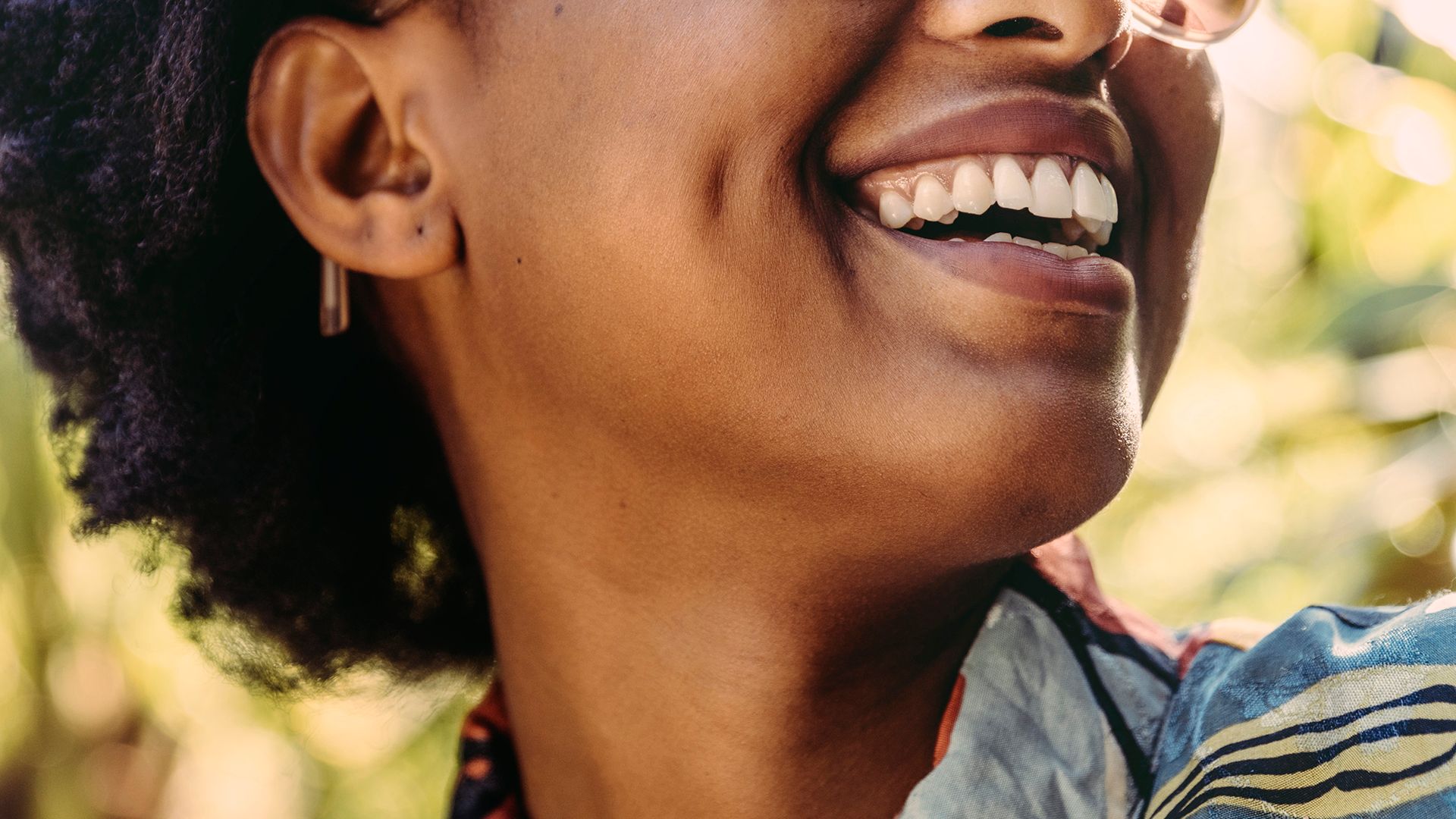
Dimples; they tend to appear in fleeting moments, a tiny indentation that seems to carry more charm and appeal than a luxury item. In the world of science, they're regarded as a genetic anomaly, a minor defect in the facial structure.
Yet, across the world today, dimples are envied and some even go as far as replicating them artificially. It’s fascinating how something so subtle can hold so much power over perception.
How did something once defined by medicine as a flaw become a universal symbol of beauty?
The Science Behind the Smile.
To truly understand this fascination, we first have to look beneath the surface, quite literally.
Dimples are small indentations that can be found on the skin. Cheek dimples are indentations particularly located on the cheek, often shown off when a person smiles. The formation is determined by genetics, with the gene for dimples considered a dominant genetic characteristic amongst individuals. Cheek dimples are formed due to a variation in the zygomaticus major muscle, the muscle responsible for smiling. In people without dimples, this muscle runs as a single band from the cheekbone to the corner of the mouth. However, in people with dimples, this muscle is often split, with a second, smaller bundle of muscle connected to the skin and the corner of the mouth. When the person smiles, this split muscle then pulls the skin inward, thus creating the dimple.
According to science, dimples are a deviation from the normal facial anatomy. But, whilst science may label them as such, the society has a completely different interpretation to them, a proof that society often decides what’s beautiful, not science.
How Dimples Became a Beauty Symbol
Across different cultures, dimples have been associated with good luck, beauty and love. In parts of Asia, cheek dimples are considered a symbol of good luck, fertility, and beauty. In certain Nigerian cultures, dimples are seen as being aesthetically pleasing and are associated with looking younger. There is also a traditional belief among some southwestern Nigerians that poking the cheeks of a newborn cheek creates dimples.
From influencers to film stars, individuals with dimples have been viewed as more attractive. Celebrities such as Ben Affleck, Henry Cavill, and Sandra Bullock, Ariana Grande and Harry Styles all sport dimples, wearing them like signatures.
Psychologically, dimples are so appealing because they enhance one's smile, making a person appear more youthful and friendly. This has to do with the way the human brain interprets certain expressions. Smiles with dimples often appear more dynamic and emotionally engaging.
Where Beauty Meets Surgery
Over the last two decades, cosmetic surgery clinics around the world have seen a rise in surgical procedures that artificially create dimples, known as a dimpleplasty. Dimple creation has become especially popular in India, China, Turkey, the UK, the United States, Mexico, Thailand, and even some parts of West Africa. This surgical process is achieved by a minor cosmetic operation which involves creating a small incision on the inside of the cheek, removing a tiny piece of muscle and fat, and then suturing the inner lining of the cheek to the outer layer of skin. This creates a permanent connection that pulls the skin inward when the face is curved into a smile, forming a dimple that becomes more natural over time.
Ironically, many of the individuals who opt for the creation of dimples were inspired by aesthetic aspiration and beauty standards, with a desire to possess what society considers attractive. This goes to show that beauty, even when born out of imperfection or by accident, can become something that the world tirelessly strives to recreate and embody.

Dimples in Art, Literature and Fashion
In art, dimples are used to add character and express emotion, often appearing in various media, from historical portraits to contemporary illustrations.
In Renaissance paintings, they were often used as subtle details that brought more liveliness to faces and made portraits feel more human-like.
In literature, writers like Jane Austen frequently use dimples to symbolize beauty, charm, allure and youth, particularly in female characters and Shakespeare often used it to describe young children.
In fashion and cosmetics, dimples have been featured in various marketing campaigns, with the popularity of specific celebrities making it a point of attraction. Movies and media aren't left out as well, and dimples are used to portray charisma and warmth.
The Social Media Effect
In today's era, social media has helped to take dimples to a new dimension. Photo and video filters, specific makeup looks and AI-generated visuals create ways that this naturally occurring trait can be mimicked and featured, as though a face without dimples is incomplete and undesirable.
Social media has also helped in popularizing various trends to that effect, like "dimple makers”. Celebrity endorsements and influencer culture has also magnified the rave about it, even going as far as pushing marketing strategies for products to help create dimples. What began as admiration has evolved into an aesthetic obsession, one that fuels comparison culture and appearance anxiety. Dimples are now not just admired, but aspired to, reshaping digital beauty standards one smile at a time.
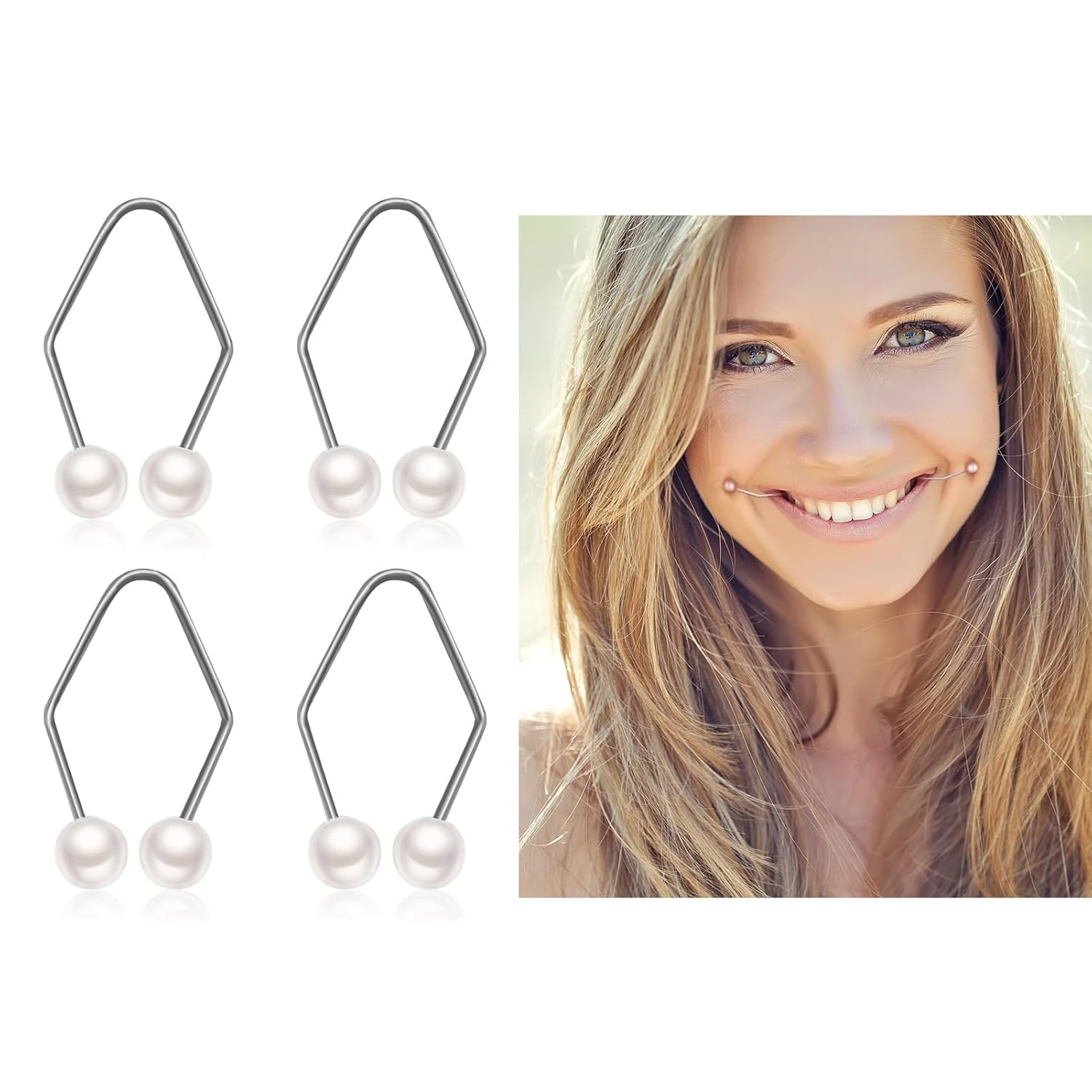
Conclusion: The Paradox of Perfection
So, what is a dimple, really? Is it just a muscle defect? Or perhaps, a genetic quirk? Or a universal symbol of youth and charm? Maybe, it’s all three of these things; a biological slip-up that somehow became the face of beauty.
Dimples remind us that perfection isn’t always symmetrical or flawless, but sometimes, it’s the very imperfection that makes something unforgettable. They’re a gentle contradiction and simple proof that nature’s little mistakes can evolve into society’s greatest fascinations.
In an age where we constantly chase filtered beauty and fashion ideals, dimples remain one of the few traits that don’t need editing. They appear and disappear in an instant, a reminder that beauty can be fleeting, spontaneous, and still unforgettable.
Perhaps, that’s why they never go out of style. Decade after decade, century after century, dimples have constantly found their way into paintings, poetry, and pop culture.
They’ve survived changing standards, outlived trends, and continued to capture the world’s attention, not because they’re perfect, but because they aren’t.
But, as we chase beauty and celebrate what we once called flawed, one question remains: In our obsession with perfection, are we still capable of loving what is truly human?
You may also like...
Arsenal Legend Thierry Henry to Receive Prestigious BBC Lifetime Achievement Award

Former Arsenal and France football legend Thierry Henry will be honored with the Lifetime Achievement award at the 2025 ...
Maresca's Emotional Rollercoaster: Chelsea Boss Claims 'Happy' After 'Worst 48 Hours'

Chelsea boss Enzo Maresca has clarified his previous 'worst 48 hours' comments, now expressing happiness and a deeper co...
Fallout Season 2 Shatters Records, Outperforming HBO's Last of Us!

Fallout Season 2 has premiered on Prime Video to overwhelmingly positive critical and audience reception, scoring a near...
Winter Is Back! Kit Harington Hints at Massive Game of Thrones Comeback

Kit Harington has definitively shut down any possibility of reprising his role as Jon Snow, stating he doesn't want to g...
Love Blossoms: Anwuli & Kennedy's Instagram Romance Leads to #HappilyEverOffor!
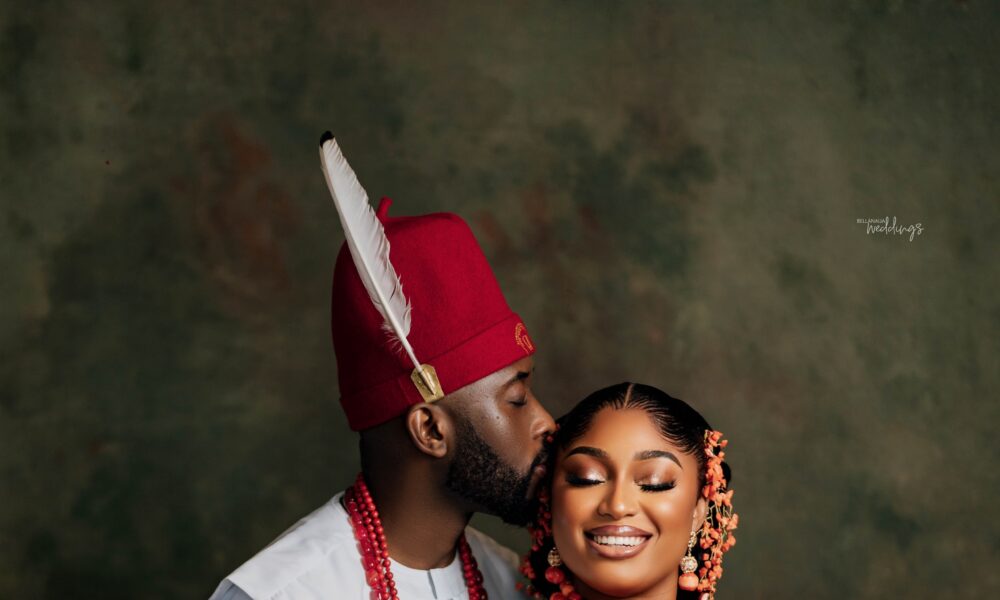
Anwuli and Kennedy's love story, sparked by an Instagram connection, led to a beautiful Igbo traditional wedding. After ...
Teyana Taylor & Lucien Laviscount Light Up the 'Spirit Tunnel' with Epic Dance Moves!

The Jennifer Hudson Show features high-energy 'Spirit Tunnel' entrances, with Lucien Laviscount making a stylish walk an...
Kenya's Billion-Shilling Travel Bill: Austerity Pledge Broken?

The Kenyan government spent nearly Sh5 billion on travel in the first three months of FY 2025/26, raising concerns about...
Shehu Sani Urges Nigerians: Shun US Travel Ban, Build Nation

The United States has enacted new travel restrictions impacting Nigerian nationals, covering both immigrant and several ...

